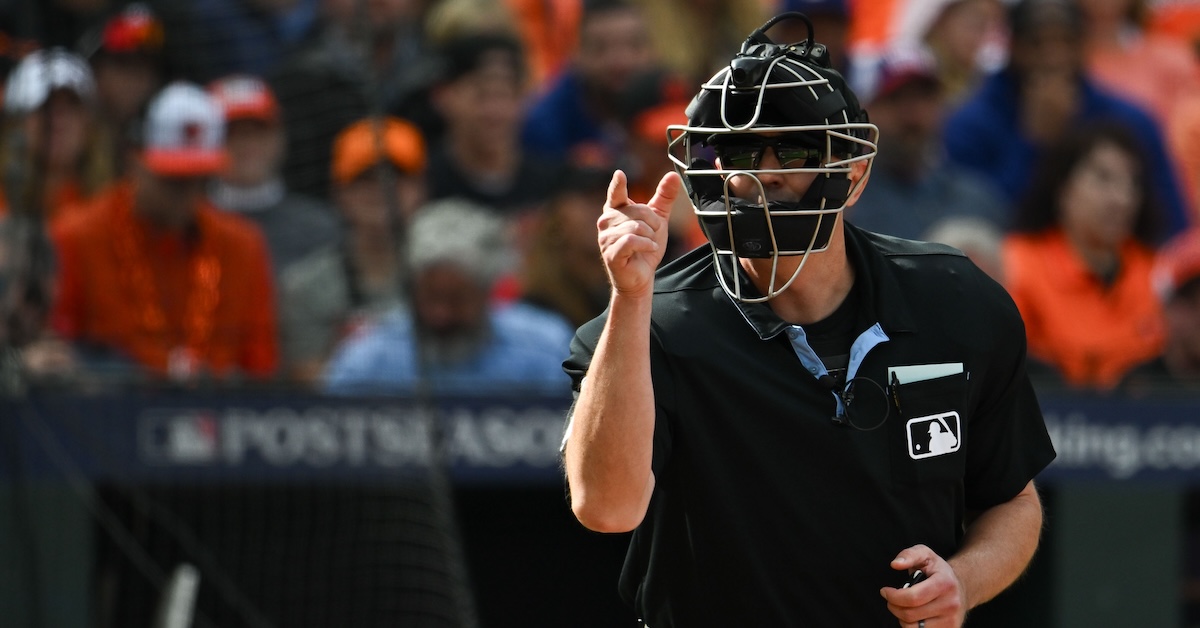The Two Rubensteins

Under John Angelos, son of Peter Angelos, who took the team to the verge of the World Series in the 1990s, the Baltimore Orioles have been hamstrung by a lack of investment, uncertainty over potential relocation, and a lawsuit over control of the family fortune that contains allegations straight out of the Book of Genesis. A 100-win team with a once-in-a-generation core of up-the-middle talent has had its wings clipped by an owner whose picture should be on the Wikipedia page for Hanlon’s Razor.
Well, the O’s are finally getting out of purgatory. Angelos has agreed to sell the team to a group fronted by billionaire David Rubenstein. The new owners will reportedly purchase 40% of the team now, with Rubenstein replacing John Angelos as the Orioles’ control person once the sale goes through. His group will then have the option to buy full control at a later date.
Even before the sale is official, the Orioles have solved their no. 1 glaring weakness by acquiring Corbin Burnes for a draft pick and two players they didn’t really need. It’s as if the mere mention of Rubenstein changed the omens around the ballclub. Read the rest of this entry »








